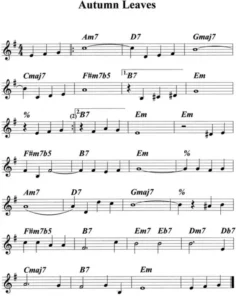 You can spend over a decade studying piano, mastering Beethoven sonatas and Debussy preludes, and still be completely mystified by a lead sheet. It’s something I see regularly—brilliant classical players who can sight-read anything with two staves and a time signature suddenly freeze when I hand them a single melodic line with chord symbols. That’s why this post is dedicated to helping you learn how to play piano from a lead sheet—a skill that unlocks creativity, freedom, and a whole new musical identity.
You can spend over a decade studying piano, mastering Beethoven sonatas and Debussy preludes, and still be completely mystified by a lead sheet. It’s something I see regularly—brilliant classical players who can sight-read anything with two staves and a time signature suddenly freeze when I hand them a single melodic line with chord symbols. That’s why this post is dedicated to helping you learn how to play piano from a lead sheet—a skill that unlocks creativity, freedom, and a whole new musical identity.
13 Years of Experience, Zero Lead Sheet Confidence
A woman once walked into my studio with around 13 years of classical piano training under her belt. She could tear through advanced repertoire—Beethoven, Chopin, Rachmaninoff, even some Bartók. I placed a lead sheet in front of her—just melody and chord symbols (similar the one above) and asked how she’d begin. Her shoulders dropped. She gently shook her head. “I have no idea what to do,” she said.
This isn’t unusual. And it’s not a sign of musical weakness—it’s a reflection of a very different mindset. Classical training focuses on exactitude: every note, every rhythm, every dynamic is written out and followed. Lead sheets, on the other hand, invite invention. You’re not just following instructions—you’re creating sound from structure.
What Is a Lead Sheet, Anyway?
A lead sheet is a streamlined way to notate music. It typically contains:
- A single melody line (often in treble clef)
- Chord symbols written above the staff
- Lyrics below the melody (if it’s a vocal tune)
Instead of telling you exactly what to play with both hands, it gives you freedom to craft the arrangement. This makes it ideal for jazz, pop, worship, and improvisational settings.
Why Classical Pianists Struggle with Lead Sheets
Many classical players view lead sheets like an unfinished puzzle. They see the melodic line, maybe even recognize some chord symbols, but have no system for interpreting them. That’s often because their own teachers weren’t trained this way either. It’s a cycle of interpretation without improvisation.
But to jazz musicians, a lead sheet is not a puzzle—it’s a playground. That G7 chord? That’s an opportunity. Those blank measures? That’s your moment to shine.
How to Play Piano from a Lead Sheet: Step-by-Step
Here’s a simple yet powerful process to get you started reading and interpreting lead sheets effectively:
- Play the melody: Use your right hand to play the melody as written. Don’t rush. Make sure you internalize the rhythm and phrase structure.
- Read the chord symbols: Each chord tells you what harmony to supply. Start with major and minor triads, and expand later into seventh and extended chords.
- Add root position chords: Use your left hand to play block chords that match each symbol. C, G7, Fmaj7—keep it simple at first.
- Experiment with comping: Add rhythmic interest. Try stabs, rolls, or even just alternating the root and chord in time. Think of your left hand as a rhythm section.
- Embellish the melody: Once confident, try adding grace notes, arpeggios, or fills to the melody line. Express yourself!
- Use inversions and voicings: Don’t stay in root position. Try second inversion chords, drop 2 voicings, or shell chords to create more colorful, professional textures.
A New Mindset: Interpretation vs. Creation
Switching from fully notated sheet music to a lead sheet isn’t just a technical leap—it’s an emotional one. You stop asking “What did the composer want?” and start asking “What can I bring to this moment?” There’s no longer a “correct” answer. Instead, there are choices. Musical ones. Personal ones.
The Power and Purpose of Lead Sheet Playing
Once you learn how to play from lead sheets, your musical world expands dramatically. You’ll be able to:
- Play in pop bands, jazz combos, or worship teams
- Play cocktail piano confidently
- Accompany singers with confidence and flair
- Improvise intros, interludes, and endings
- Compose your own pieces with a clear harmonic foundation
- Understand how songs are built, not just how they’re played
You’ll also feel more confident in jam sessions, at open mics, or even when casually noodling around on the piano.
Get Started Today
If lead sheets scare you, that’s okay. Start with simple songs—”Let It Be” by The Beatles, or “Lean On Me.” Play the melody. Try a few chords. Focus on feel rather than perfection. You’ll gradually build fluency—and find a new dimension of your musical self.
Dive into Some Lead Sheets
Ready to embark on this creative journey? Grab yourself a copy of the Real Book and start exploring. Choose a tune that speaks to you. Learn a handful of chords, then let your right hand sing the melody while your left hand breathes life into the harmony.
The next time someone hands you a lead sheet, don’t panic. Smile. You’re not facing a riddle—you’re holding an invitation to play, to explore, and to grow.

 Are you considering taking piano lessons but feeling intimidated by the thought of learning online? You’re not alone! Many prospective students worry that online lessons might be complicated or lack the personal touch of in-person sessions. However, these easy online piano lessons can be a straightforward and enjoyable way to start your musical journey.
Are you considering taking piano lessons but feeling intimidated by the thought of learning online? You’re not alone! Many prospective students worry that online lessons might be complicated or lack the personal touch of in-person sessions. However, these easy online piano lessons can be a straightforward and enjoyable way to start your musical journey.



 Embarking on a journey to learn the piano is a thrilling adventure. There are so many melodies waiting to be discovered. As a beginner, taking the first steps can feel daunting, but fear not! There is plenty of easy music to play on piano that will boost your confidence. Here we’ll delve into an approach that not only simplifies your learning experience but also ignites your passion for learning: playing with
Embarking on a journey to learn the piano is a thrilling adventure. There are so many melodies waiting to be discovered. As a beginner, taking the first steps can feel daunting, but fear not! There is plenty of easy music to play on piano that will boost your confidence. Here we’ll delve into an approach that not only simplifies your learning experience but also ignites your passion for learning: playing with  Are you ready to embark on a musical journey by having some fun with a few easy piano chords? There’s no better place to start, so let’s do that. Here we’ll walk you through the fundamentals of playing the I, IV, and V chords in the key of C major, setting a solid foundation for your musical exploration.
Are you ready to embark on a musical journey by having some fun with a few easy piano chords? There’s no better place to start, so let’s do that. Here we’ll walk you through the fundamentals of playing the I, IV, and V chords in the key of C major, setting a solid foundation for your musical exploration.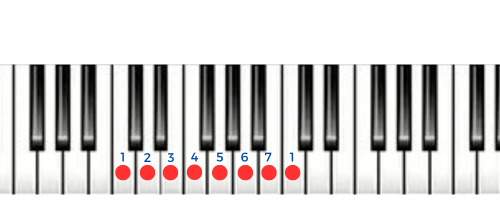
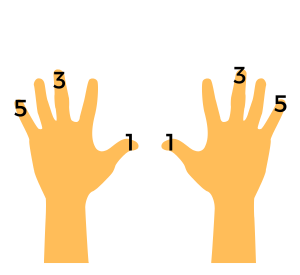






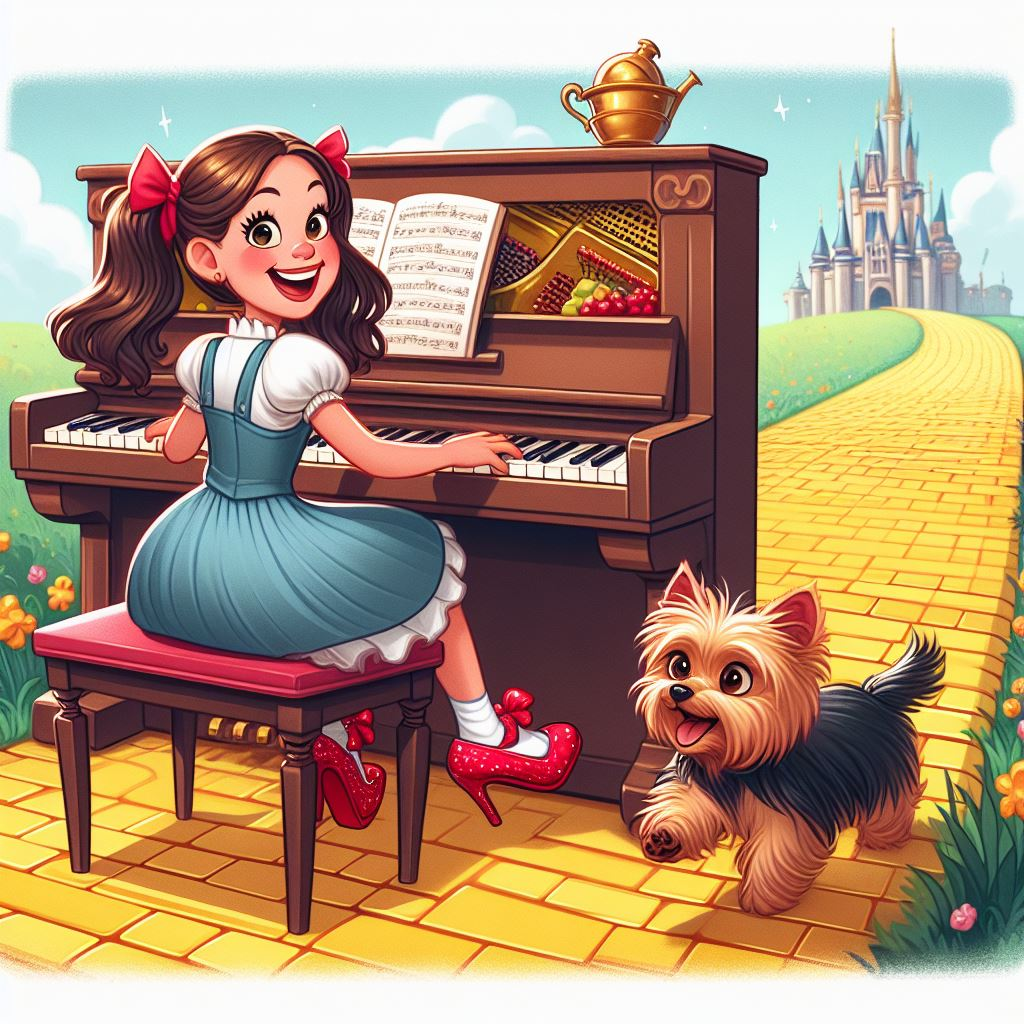 Embark on a musical journey like no other with Rapid Piano Mastery, meticulously crafted to guide piano beginners on a transformative quest to unlock the enchanting world of piano playing. Unlike traditional piano courses, this revolutionary program offers a distinctly unique approach, placing practicality, enjoyment, and creativity at the forefront of your learning experience from the very beginning.
Embark on a musical journey like no other with Rapid Piano Mastery, meticulously crafted to guide piano beginners on a transformative quest to unlock the enchanting world of piano playing. Unlike traditional piano courses, this revolutionary program offers a distinctly unique approach, placing practicality, enjoyment, and creativity at the forefront of your learning experience from the very beginning. Are you ready to embark on a musical adventure like no other? Say goodbye to the traditional methods of learning piano and welcome the convenience and excitement of online lessons! With Dave’s Zoom piano lessons, you can unlock your musical potential from the comfort of your own home.
Are you ready to embark on a musical adventure like no other? Say goodbye to the traditional methods of learning piano and welcome the convenience and excitement of online lessons! With Dave’s Zoom piano lessons, you can unlock your musical potential from the comfort of your own home.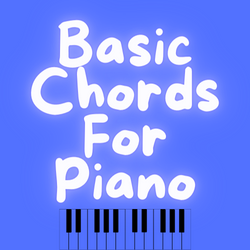
 Are you ready to embark on a musical journey that unveils the joy of playing chords and enhances your understanding of musical harmony? Look no further! Today, I’m excited to introduce you to my “Chord Confidence” program conducted live via Zoom.
Are you ready to embark on a musical journey that unveils the joy of playing chords and enhances your understanding of musical harmony? Look no further! Today, I’m excited to introduce you to my “Chord Confidence” program conducted live via Zoom. Ever dreamt of effortlessly creating music on your piano without the tedious task of decoding sheet music? Let’s skip the formalities and dive straight into the exciting realm of piano chords. Here you’ll find a shortcut for beginners to kickstart your musical adventure and experience the sheer thrill of playing right away.
Ever dreamt of effortlessly creating music on your piano without the tedious task of decoding sheet music? Let’s skip the formalities and dive straight into the exciting realm of piano chords. Here you’ll find a shortcut for beginners to kickstart your musical adventure and experience the sheer thrill of playing right away.